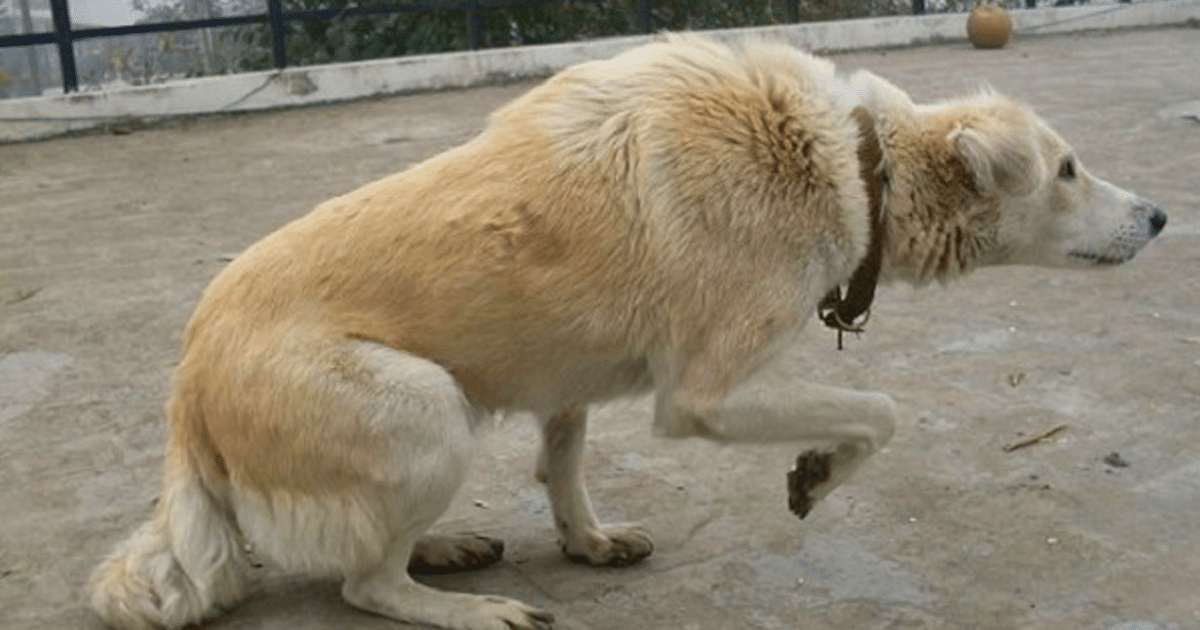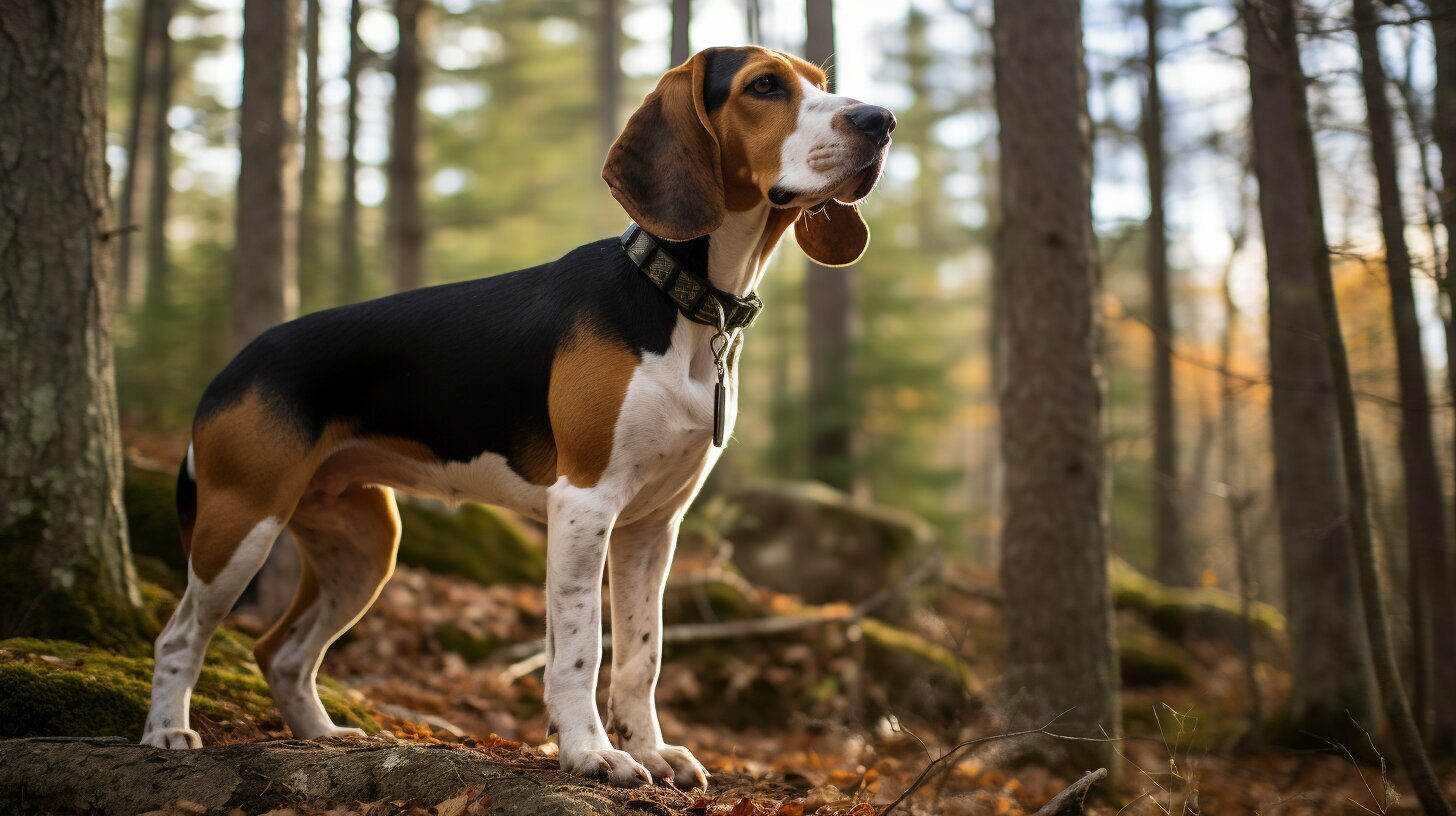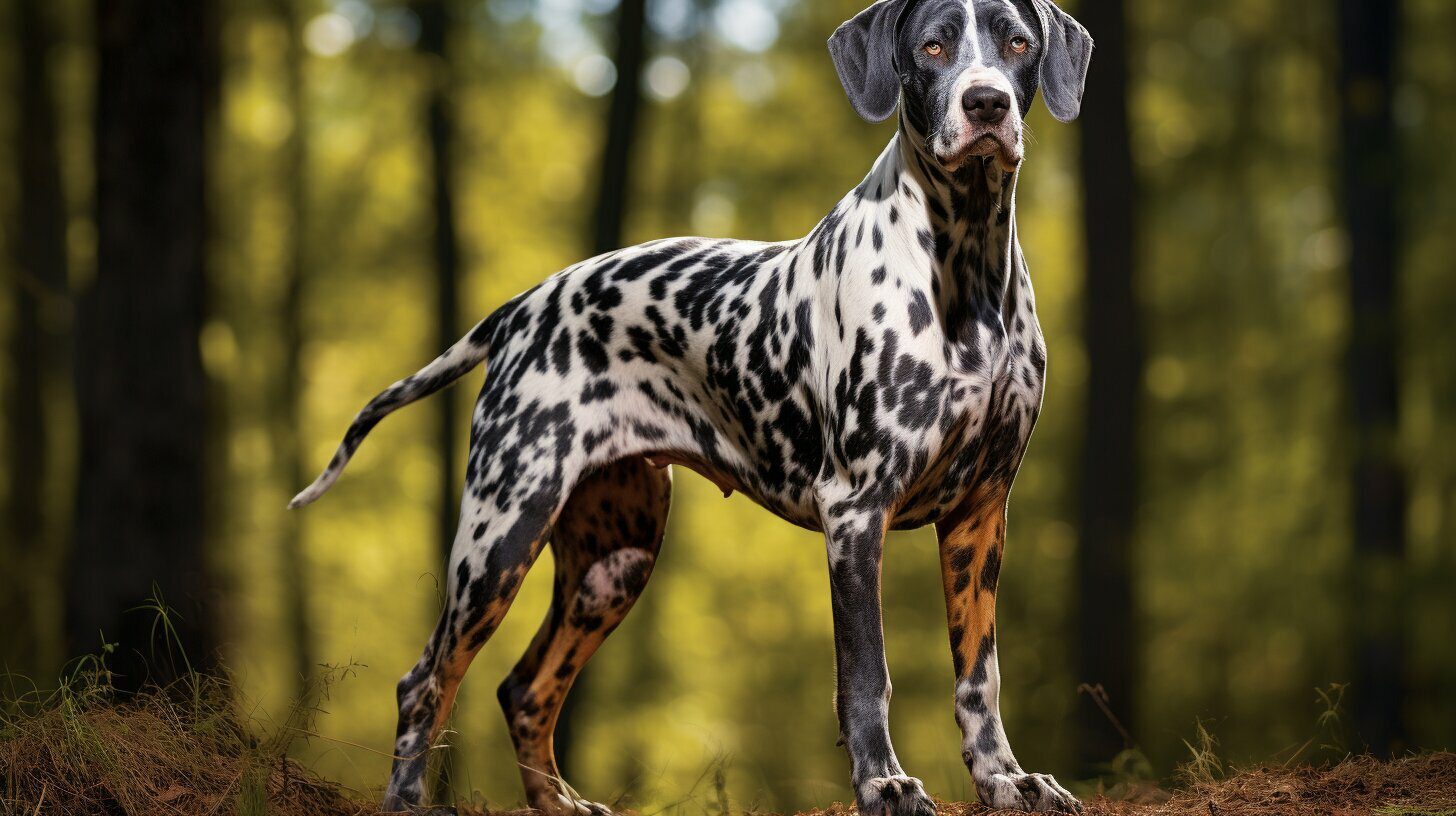When it comes to finding the perfect furry friend, intelligence is often a sought-after trait. If you’re considering adding a Bullmastiff to your family, you may be wondering just how smart they are. Well, let me assure you, Bullmastiffs are not only smart, but they also possess a host of other endearing characteristics that make them wonderful companions.
Bullmastiffs are known for their grand stature and gentle nature, but it’s their intelligence that sets them apart. These intelligent canines have the ability to seamlessly merge into family life, becoming an integral part of the household. But what exactly makes them smart? Let’s explore the remarkable intelligence and characteristics of Bullmastiffs.
Are Bullmastiffs Smart
- Bullmastiffs are highly intelligent dogs, known for their ability to learn and comprehend tasks quickly.
- Their intelligence is reflected in their obedience and trainability, making them a joy to train and interact with.
- While Bullmastiffs may not rank at the top of the intelligence scale, they possess a unique blend of intelligence and instinct that makes them excellent guard dogs.
- Proper socialization, training, and care are essential in developing their cognitive abilities and maintaining their well-being.
- Bullmastiffs are smart companions that thrive in a loving and nurturing environment.
The Historical Perspective: Origins and Characteristics of the Bullmastiff Breed
The Bullmastiff breed originated in England in the 1860s through the crossbreeding of Bulldogs and Mastiffs. These magnificent dogs were developed with the purpose of being obedient yet strong guardians, capable of intercepting poachers on large estates.
The American Kennel Club recognized the Bullmastiff breed in 1933, acknowledging their unique blend of intelligence, physical prowess, and gentleness. Bullmastiffs are renowned for their substantial build, large head, dark watchful eyes, and protective yet trainable temperament.
Let’s take a closer look at the main characteristics that make Bullmastiffs remarkable companions:
- Intelligence: Despite their imposing stature, Bullmastiffs possess remarkable intelligence. Their ability to assess situations and make independent decisions contributes to their effective guarding and loyal nature.
- Protective Instincts: Bullmastiffs have an innate sense of protectiveness towards their families, making them ideal watchdogs. Their innate ability to detect potential threats combined with their protective instincts ensures a secure environment for their loved ones.
- Trainability: While Bullmastiffs have a strong-willed nature, they are highly trainable. Their intelligence, coupled with their eagerness to please their owners, makes them quick learners who excel in obedience training.
Size and Appearance
| Characteristic | Description |
|---|---|
| Size | Bullmastiffs are large dogs, typically weighing between 100 and 130 pounds. They have a massive build, sturdy bones, and a powerful physique. |
| Head | Bullmastiffs boast a large head with a broad, wrinkled forehead. Their short, square muzzle adds to their impressive appearance. |
| Eyes | Their dark watchful eyes radiate intelligence and express their unwavering determination. |
| Temperament | Bullmastiffs have a protective yet trainable temperament. They are known for their loyalty, docility, and affection towards their families. |
Understanding the history and characteristics of the Bullmastiff breed provides valuable insights into their unique combination of intelligence, guardianship, and loyal companionship. Stay tuned as we delve deeper into socialization and training techniques for these remarkable dogs.
Building a Bond: Socializing Your Bullmastiff
Effective socialization plays a crucial role in nurturing a well-behaved Bullmastiff. Socializing them from a young age helps balance their protective instincts with gentleness, creating a confident and well-rounded companion.
Early exposure to different experiences, people, and animals fosters emotional well-being and behavior management. Positive reinforcement, gentle interaction, and curiosity-driven approaches are key to developing a smart and balanced Bullmastiff.
When socializing your Bullmastiff, consider the following:
- Introduce them to various environments, such as parks, streets, and different indoor settings.
- Expose them to different types of people, including children, adults, and strangers.
- Allow them to interact with other animals, such as dogs, cats, and small animals under controlled circumstances.
- Expose them to various sounds, sights, and smells to stimulate their senses.
By providing these socialization opportunities, you are helping your Bullmastiff develop their cognition levels, which contributes to their intelligence and adaptability in different situations.
Gentle and positive reinforcement methods are effective in socializing Bullmastiffs. Use treats, praise, and rewards to encourage desired behaviors. It’s important to remain patient, consistent, and understanding throughout the socialization process.
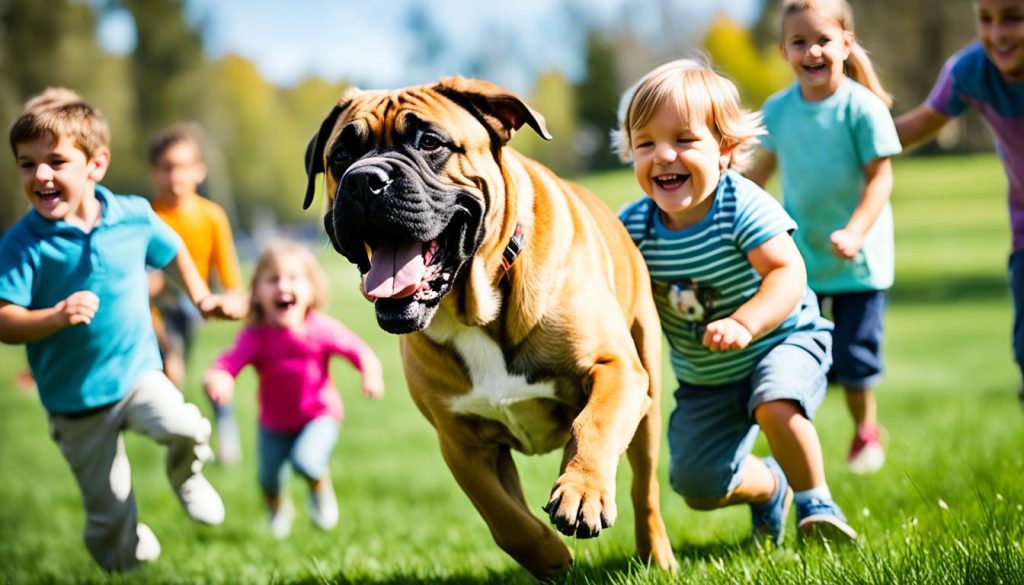
| Socialization Tips for Bullmastiffs | Benefits of Socialization |
|---|---|
| 1. Start socialization early | 1. Enhances cognitive development |
| 2. Gradually expose them to new experiences | 2. Reduces fear and anxiety |
| 3. Use positive reinforcement | 3. Fosters confident and well-behaved behavior |
| 4. Monitor and control interactions | 4. Promotes adaptability and social skills |
| 5. Be patient and consistent | 5. Strengthens the bond between you and your Bullmastiff |
Effective Training Techniques for Bullmastiffs
Training Bullmastiffs requires a combination of intelligence, patience, and respect. These strong-willed dogs respond best to calm and consistent leadership. By establishing yourself as the pack leader, you can effectively train your Bullmastiff and enhance their intelligence.
Early obedience training is crucial for shaping your Bullmastiff’s behavior. Teaching them essential commands such as sit, stay, and come lays the foundation for good manners and control. Consistency is key, as these intelligent dogs thrive on routine and clear expectations.
Positive reinforcement is a powerful tool when training Bullmastiffs. By rewarding desired behaviors with treats, praise, or playtime, you can motivate them to repeat those actions. This approach helps build a positive association and strengthens the bond between you and your Bullmastiff.
While consistent training at home is essential, seeking professional guidance can provide additional support and expertise. Experienced trainers can offer valuable insights, individualized strategies, and address specific challenges you may encounter. They can tailor training techniques to harness your Bullmastiff’s unique intelligence.
Training not only teaches your Bullmastiff proper behavior but also stimulates their mind. Engaging in mental exercises, such as puzzle toys or scent tracking games, can enhance their cognitive abilities. This mental stimulation prevents boredom and helps them stay sharp.
Finding the Right Balance
When training your Bullmastiff, it’s crucial to strike a balance between firmness and gentleness. These intelligent dogs respond best to positive reinforcement and reward-based training methods. Harsh or aversive techniques can damage their trust and hinder their learning process.
Consistency, patience, and a clear understanding of your Bullmastiff’s personality are key to successful training. Remember to keep sessions short and fun to maintain their focus and enthusiasm. By adopting a nurturing approach and understanding their unique needs, you can unlock their full potential and build a lifelong bond.
Training Methods for Bullmastiffs
Here are some effective training methods for Bullmastiffs:
- Positive reinforcement: Reward desired behaviors with treats, praise, or playtime.
- Clicker training: Use a clicker to mark and reinforce desired behaviors.
- Leash training: Teach your Bullmastiff to walk on a leash without pulling.
- Crate training: Introduce your Bullmastiff to a crate as a safe and comfortable space.
- Socialization training: Expose your Bullmastiff to various people, animals, and environments to build their confidence and prevent behavioral issues.
Remember, each Bullmastiff is unique, so adapt your training methods to suit their individual needs. With patience, consistency, and positive reinforcement, you can train your Bullmastiff to be a well-behaved and intelligent companion.
| Training Tips | Benefits |
|---|---|
| Consistency | Establishes clear expectations |
| Positive reinforcement | Motivates desired behaviors |
| Short, fun sessions | Maintains focus and engagement |
| Professional guidance | Provides expertise and individualized strategies |
| Mental stimulation | Enhances cognitive abilities |
Training is an ongoing process that strengthens the bond between you and your Bullmastiff. By investing time and effort in their education, you can help them reach their full potential and showcase their intelligence in various settings.
Exercise Essentials: Keeping Your Bullmastiff Active
Bullmastiffs are known for their large size and moderate exercise needs compared to other breeds. Engaging them in daily physical activities is crucial for their overall well-being, mental stimulation, and stable temperament. Here are some exercise essentials to help you keep your Bullmastiff active:
- Daily walks: Take your Bullmastiff for regular walks to provide them with exercise and mental stimulation. Aim for at least 30 minutes to an hour of walking each day. This helps maintain their physical fitness and prevents them from becoming sedentary.
- Short play sessions: Engage in short play sessions with your Bullmastiff to keep them physically active and entertained. Play fetch, tug-of-war, or other interactive games that involve movement. These activities not only exercise their muscles but also stimulate their cognition and problem-solving skills.
- Interactive games: Stimulate your Bullmastiff’s intelligence by incorporating interactive games into their exercise routine. Hide treats around the house or backyard and encourage them to find them using their sense of smell. This activity provides both mental and physical stimulation for your Bullmastiff.
- Training sessions with physical activity: Combine exercise with training sessions to provide a well-rounded workout for your Bullmastiff. Incorporate physical activities such as sit, stay, and come into their training regimen. This helps strengthen their muscles, improves their coordination, and reinforces their obedience skills.
While exercising your Bullmastiff, it’s important to keep in mind their physical limitations. Bullmastiffs are prone to joint issues and overheating, so it’s crucial to avoid excessive or strenuous exercise. Also, monitor their outdoor activities during extreme weather conditions to prevent any potential health risks.
Regular exercise not only keeps your Bullmastiff physically fit but also helps prevent behavioral issues caused by pent-up energy. It promotes their overall well-being and ensures they lead a happy and fulfilled life.
Bullmastiffs: Size, Temperament, and Adaptability
When it comes to Bullmastiffs, their size, temperament, and adaptability make them remarkable companions. Let’s explore these aspects in more detail.
Size
Bullmastiffs are large dogs with an average weight ranging between 100-130 pounds. They have a substantial build and a muscular physique, contributing to their impressive presence.
Temperament
Their temperament can be best described as loyal, protective, and docile. Bullmastiffs are known for their unwavering devotion to their families. They have a natural instinct to protect their loved ones, which makes them excellent guardians.
Adaptability
Despite their size, Bullmastiffs are surprisingly adaptable and can thrive in various environments. They are well-suited for small to medium-sized apartments, as long as they receive sufficient exercise and mental stimulation. Their adaptability stems from their ability to effortlessly blend into family life and form strong bonds with their owners.
It’s important to note that while Bullmastiffs may have an imposing appearance, they are not inherently aggressive. Their protective instincts are balanced with a gentle disposition, making them reliable and loving companions.
Now let’s take a look at a detailed table summarizing the size and characteristics of Bullmastiffs:
| Size | Temperament | Adaptability |
|---|---|---|
| Large breed weighing between 100-130 pounds | Loyal, protective, and docile | Can adapt to various environments, including small to medium-sized apartments |
The Heat Sensitivity and Intelligence of Bullmastiffs
Bullmastiffs, due to their large size and limited ability to dissipate excess body heat through panting, are sensitive to heat. Unlike humans, they lack sweat glands, making it crucial to keep them cool, especially during hot weather. Heat sensitivity is a significant consideration when caring for Bullmastiffs, as they are prone to overheating.
Although Bullmastiffs may not rank at the top in terms of intelligence compared to other breeds, they possess instincts and intelligence that make them exceptional guard dogs. Their intelligence is evident in their keen tracking, stalking, and detainment abilities. This intelligence, coupled with their non-aggressive and quiet nature, contributes to their effectiveness as protectors.
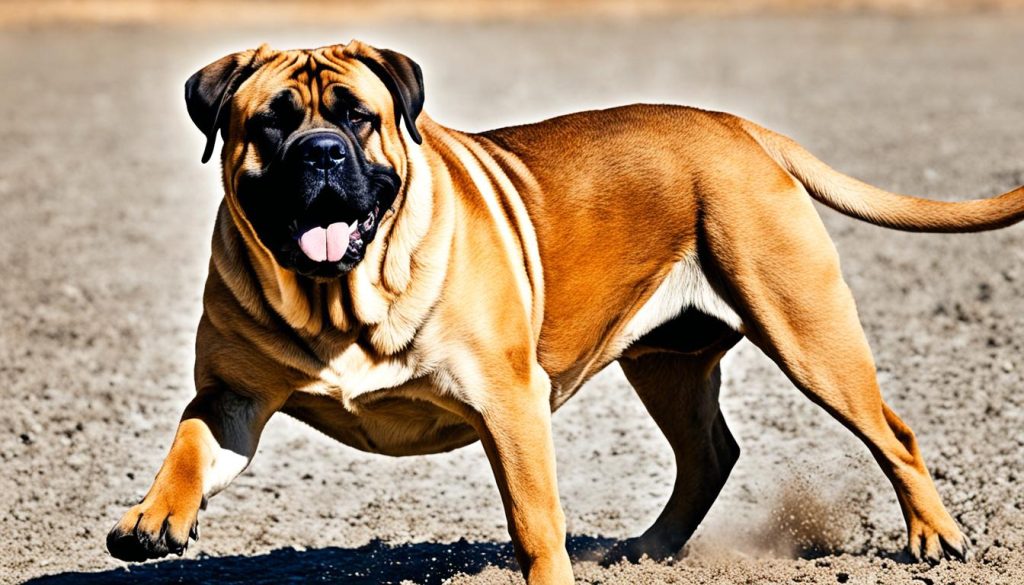
Bullmastiffs are renowned for their ability to sense danger and act accordingly, highlighting their intelligence in practical situations. While they may not showcase the same problem-solving skills as some other breeds, their determination, loyalty, and instinctual intelligence make them excellent companions and watchdogs.
Conclusion
Bullmastiffs, with their unique blend of intelligence, loyalty, and protectiveness, make for exceptional companions and guardians. Their smart and adaptable nature allows them to seamlessly fit into the family dynamic, bringing joy and a sense of security.
To ensure the development of their cognitive abilities, proper socialization, training, exercise, and care are key. From an early age, Bullmastiffs should be exposed to various experiences, people, and animals to foster emotional well-being and behavior management. Consistent and respectful training techniques, incorporating positive reinforcement, further enhance their intelligence levels.
Regular exercise is essential not only for their physical well-being but also for their mental stimulation. However, it’s important to consider their physical limitations and monitor their activities to avoid joint issues and overheating.
Bullmastiffs possess a remarkable cognitive prowess, thanks to the right upbringing and care. With love, guidance, and a nurturing environment, these intelligent and loyal companions will thrive and bring immeasurable joy to their families.


